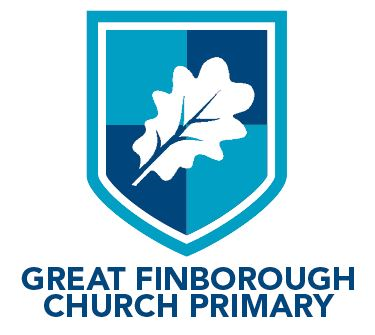Phonics in EYFS
As you know, the ability to read and write well is a vital skill for all children, paving the way for an enjoyable and successful school experience. Children learn and practise many of the skills that they need for reading and writing from a very early age. They do this through a wide range of activities and experiences, at home, in settings and in school. They explore and learn through singing and saying rhymes, making and listening to music, talking with others, sharing books with adults and other children, dressing up, experimenting with writing and using puppets and toys to retell and make up stories.
When children enter Reception they take part in high-quality phonics sessions every day. These are fun sessions involving lots of speaking, listening and games, where the emphasis is on children’s active participation. They learn to use their phonic knowledge for reading and writing activities and in their independent play. The aim of this booklet is to give you a clear picture of how we approach the teaching of phonics and word recognition and how, as a parent or carer, you can support and encourage your child at home.
From a very early stage, children develop awareness of different sounds in spoken language. They develop understanding that spoken words are made up of different sounds (phonemes) and they learn to match these phonemes to letters (graphemes). Phonics is about children knowing how letters link to sounds (graphemes to phonemes), for example, c as in ‘cat’, ll as in ‘fell’, ee as in ‘sheep’. Children use this phonic knowledge when they are reading and writing. This approach has been shown to provide a quick and efficient way for most young children to learn to read words on the page, fluently and accurately. We want children to develop this skill so that it becomes automatic. This also greatly helps them with their spelling. At school we use a systematic phonics programme called Letters and Sounds.
Some files to help you understand our approach to phonics can be downloaded below:
Parents’ Guide to
|
High Frequency Words
|
Grapheme-phoneme
|
Guide to Enunciation |
Presentation from Phonics
|
